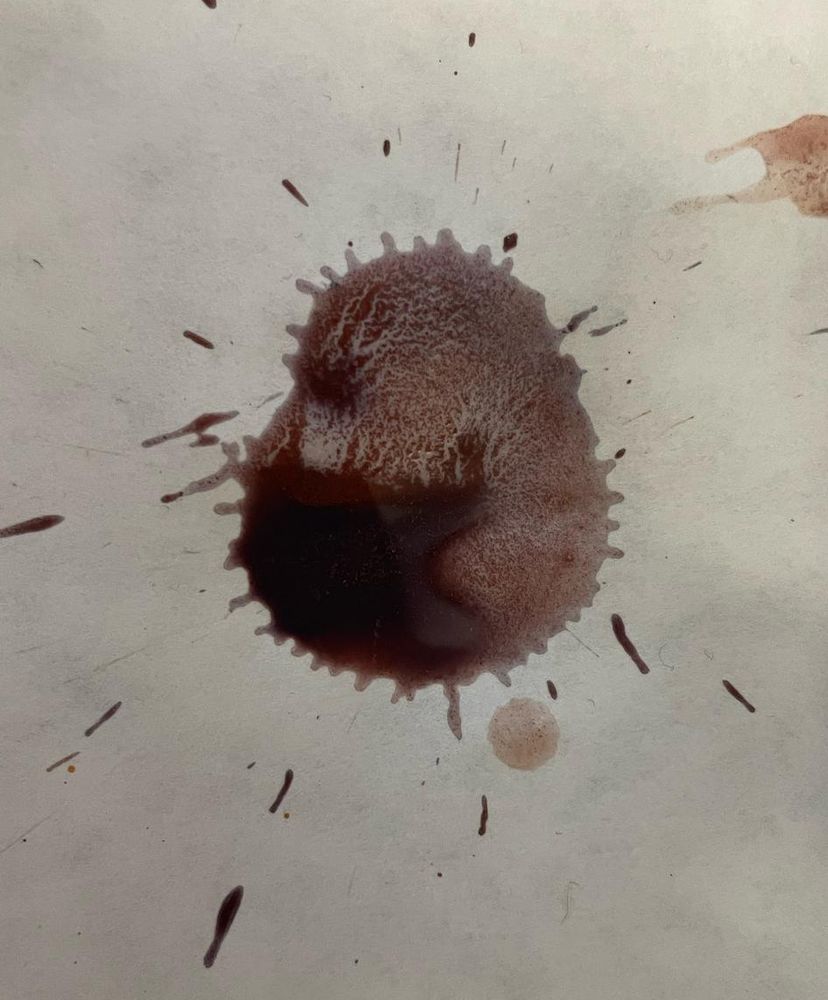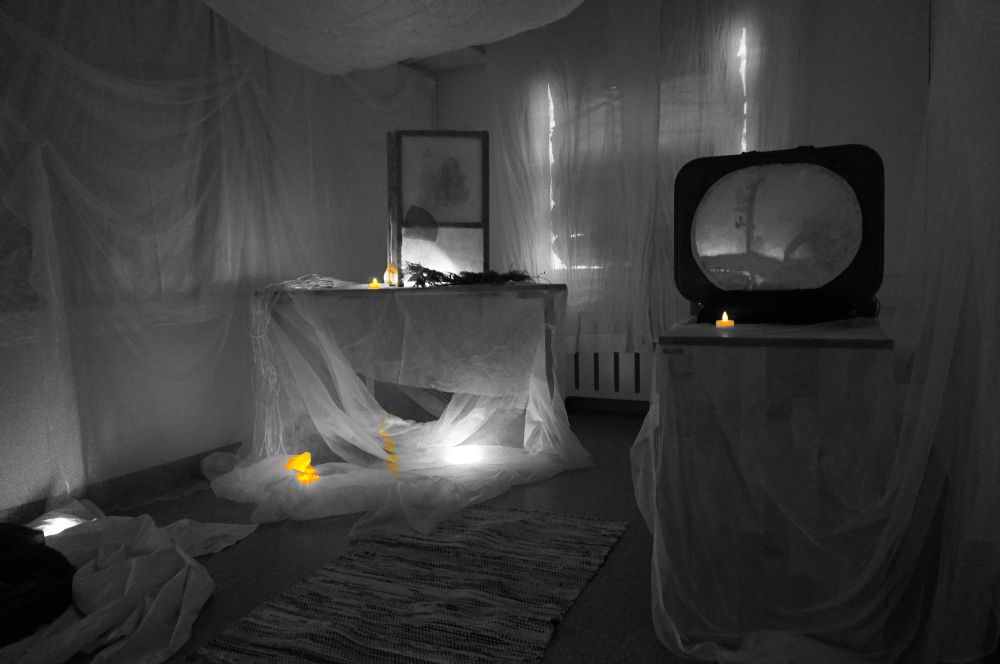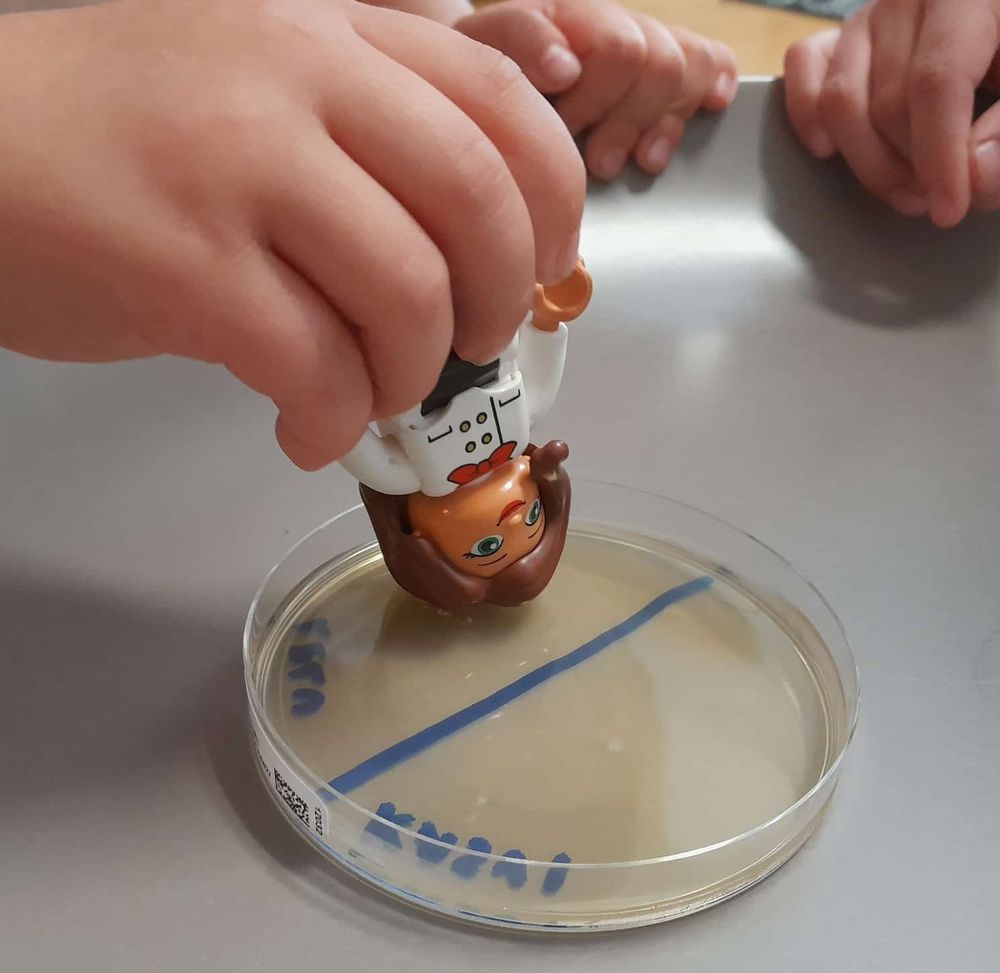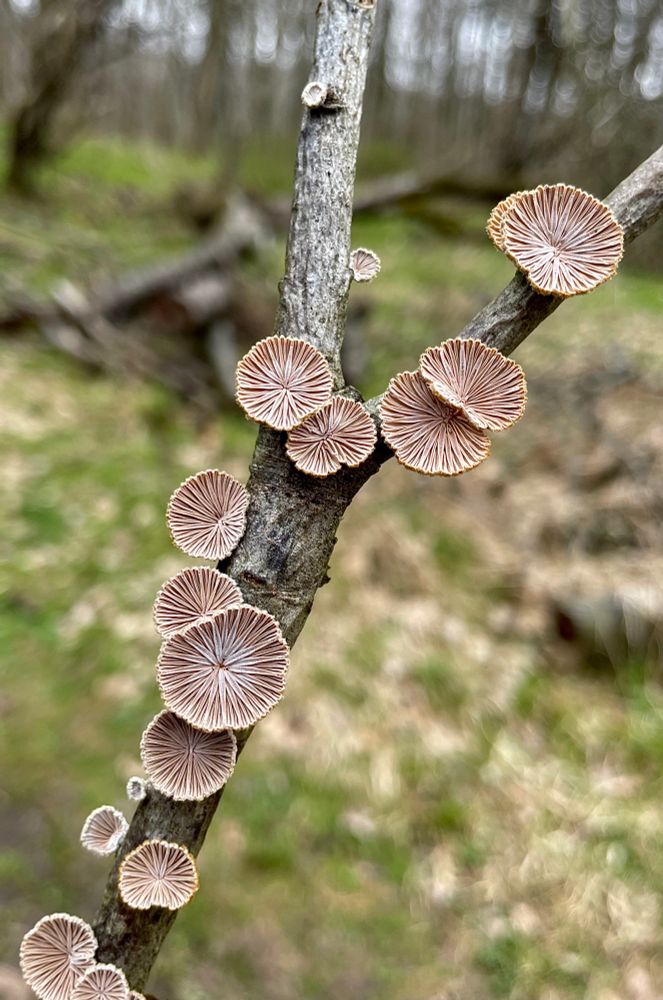by Zsuzsa Millei — Reposted by: Iveta Silova
by Iveta Silova — Reposted by: Zsuzsa Millei
(An)Archive: Childhood, Memory, and the Cold War by Mnemo ZIN is out now! Join the online launch Oct 1st at 8am MST! RSVP & Register 👇
tinyurl.com/2ju6syz3 @microbial-child.bsky.social

Reposted by: Zsuzsa Millei
Lue lisää 👉 @microbial-child.bsky.social
www.tuni.fi/fi/ajankohta...

Reposted by: Zsuzsa Millei
Read more 👉 @microbial-child.bsky.social
www.tuni.fi/en/news/micr...

by Iveta Silova — Reposted by: Zsuzsa Millei
…but scripting its collapse?
In our new article, we ask whether global calls for “more education” are reinforcing the very systems driving ecological collapse.
📖 journals.sagepub.com/doi/epub/10....
#Unlearning #PlanetaryFutures #SDGs #MoreThanHuman

by Zsuzsa Millei — Reposted by: Iveta Silova



Reposted by: Zsuzsa Millei

by UN Environment — Reposted by: Zsuzsa Millei
Every tiny organism plays a key role in our planet's health.
On #WorldOceanDay, see how UNEP works to #SaveOurOcean: bit.ly/3Qk34aI



Reposted by: Zsuzsa Millei

by Zsuzsa Millei — Reposted by: Iveta Silova



Reposted by: Zsuzsa Millei
Reposted by: Zsuzsa Millei
| #pathogens | #Immunization | #measles | #meningitis | #YellowFever | #diphtheria | #children | #kids | Via @who.int



Reposted by: Zsuzsa Millei
| #Bacillus | #bacteria | #pathogen | #contamination | Via nation .africa

Reposted by: Zsuzsa Millei

Reposted by: Zsuzsa Millei
www.nature.com/articles/s43...
uk.news.yahoo.com/toxic-dust-s...

by Zsuzsa Millei — Reposted by: Iveta Silova

by Zsuzsa Millei — Reposted by: Iveta Silova



